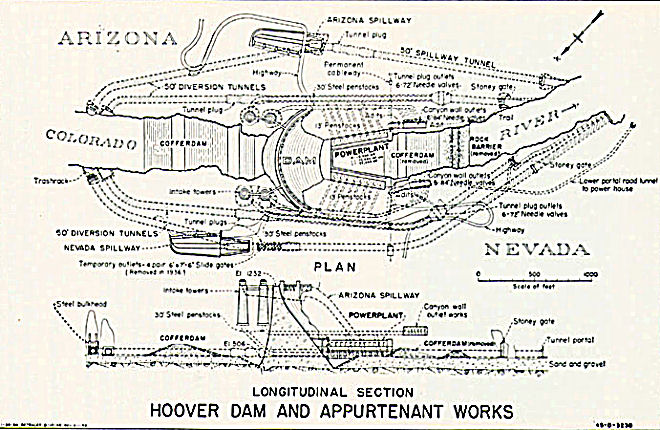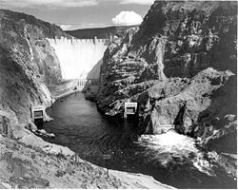










 |
 |
 |
 |
 |
 |
||
 |
 |
 |
 |
 |
the Hoover Damxavier
|
|
![Boulder dam, pre-1947; Hoover Dam 2010 [image: Google] Boulder dam, pre-1947; Hoover Dam 2010 [image: Google]](images/boulder_dam_hoover_dam.jpg) |
|
|
|
|
franceGustave
Eiffel’s first work: the Eiffel passerelle, Bordeaux a
dream unfulfilled - the transporter bridge [pont transbordeur],
Bordeaux a
fifth bridge coming to Bordeaux: pont Bacalan-Bastide,
a new vertical lift bridge the
6th bridge at Rouen: Pont Gustave Flaubert, Ile
de France, Paris: in the context of Abelard and of French
cathedrals France’s western isles: Ile de Ré France’s western iles: Ile d’Oleron
on first arriving in France - driving
Marianne - a French national symbol, with French definitive stamps the calendar of the French Revolution
Pic
du Midi - observing stars clearly, A64 Carcassonne,
A61: world heritage fortified city
the French umbrella & Aurillac the
Citroën 2CV:
the
forest as seen by francois mauriac, and today
mardi gras! carnival in Basque country what a hair cut! m & french pop/rock country life in France: the poultry fair
|
The Hoover, or Boulder,
Dam opened in 1935. Built as a means of counteracting
the effects of the Great Depression, this ambitious project
provided employment, income and hope during a dire time.
As a result, both men and women migrated to this desolate
and inhospitable region of southern Nevada, to find work
and to make a new life. the boulder canyon projectThe Boulder Canyon Project grew out of a need for water storage and a reliable source for irrigation water, as well as flood and silt control and later also for hydroelectricity. |
|
|||
 Plan and cross-section showing the dam, as well as the tunnels diverting the Colorado River, spillways and power plant |
|||||
|
The dam in that project, at first named the Boulder Dam, would hold back water from the Colorado River, with the resulting reservoir being called Lake Mead. This artificial lake is is 110 miles long and took six years to fill. It formed what was, in the 1930s, the largest man-made lake. The Boulder Dam, which after several name changes became
the Hoover Dam, is located in Black Canyon on the Colorado
River, thirty miles south-east of Las Vegas, Nevada. When
built, the dam was the highest in the world, rising 727
feet [222 metres] above bedrock. Its power was also the
largest in the world at the time, containing generators
enough to produce over 1,368,000 kW in 1935, as much as
produced by Muscle Shoals and Niagara Falls combined. naming the damThere was much debate over the name for this dam as it was built. Originally, the dam was to be built at Boulder Canyon, which is about 10 miles upstream and north from its final location at Black Canyon. However, the actual site was later chosen because the resulting dam would not need to be as high as at Black Canyon. Early names for this dam were Boulder Dam and Boulder Canyon Dam. Another suggested name was Black Canyon Dam. Over the years, the dam’s name was changed for
political reasons, firstly in 1930 by the Herbert Hoover
administration, who changed the name from Boulder Dam
to Hoover Dam. Then in 1933, the Franklin Roosevelt administration
changed it back to Boulder Dam. Finally in 1947, during
Harry Truman’s administration, the dam was named
Hoover Dam definitively. building the dam
A consortium of six construction firms, Six Company Inc., was the lowest qualified bidder for the contract to build the Hoover Dam. They charged $48,890,955. The company was received incentive bonuses and would be fined for daily construction overruns of the schedule. In fact, the Hoover Dam completed almost two years ahead of schedule, thanks to a break-neck 24-hour construction rate. At the time, this was the largest construction project in American history. When finished, it was the world’s largest concrete structure (a title held until 1942). Because the river bedrock had to be exposed, cleared of all silt and sediment, the Colorado River was diverted temporarily. Four huge diversion tunnels were dug through the canyon walls, taking the river flow around the dam site so it joined the river further downstream. When the dam was completed, the river was reverted to its original course. High scalers, acrobatic and daring workmen swinging from cables, cleared loose rocks and made the canyon walls smooth so the dam concrete would adhere. In all, they cleared more than 137,000 cu/yd of materials from the canyon walls. |
|||||
| 00:26 secs High scalers working on the Boulder (Hoover) Dam. |
|||||
The dam and its accompanying (appurtenant) works of power plants, tunnels, spillways and roads were fabricated from over 3,250,000 cubic yards of concrete. It was mixed on the site and transported in four or eight cubic ton buckets transported on overhead cables. The concrete was poured into huge interlocking blocks, rather like Lego blocks.
Because concrete gives off heat as it is made and sets, an exothermic reaction, the concrete was laid in tranches of five feet depth. Further, concrete laying was restricted to just one 5-foot addition per block in 72 hours, and no more than 7 additions per block in 30 days. Also, the height of the tallest block could not be greater that 35 feet higher than the lowest block. Additionally, a system of cooling pipes was run through each block, with the pipes, iced water run through enabling the blocks to cool and set evenly. By the end of the cooling operations in March 1935, over 159 billion B.t.u./1.6 billion joules of heat had been removed. |
|||||
lake mead - water levels
The water level in Lake Mead, in recent years, has been falling steadily and considerably. Since 1999, the water level has dropped by about 1% annually. In 1964, Lake Mead’s water level had fallen to
only 1095.12 feet. Then, it took 19 years to recover the
water holding. This loss of water is caused by the continuing drought in southwestern America, and by an increasing population. Demands on water range from irrigating lettuce, onions and wheat in reclaimed corners of the Sonoran Desert to watering lawns and golf courses in conurbations from Las Vegas to Los Angeles. There, new residents install lawns, sprinklers and pools, and frequent golf courses built for their recreation in the Mojave Desert. They have moved to a region that receives 10 cm/4 ins of rain annually, about a tenth of Chicago’s annual rainfall. To these water demands are added those of the Las Vegas’s entertainment industry, where casinos and hotels have water slides and river rides.
|
|||||
structural statistics and other interesting facts

end notes |
|
||||
| You are here: the Hoover Dam, Colorado (sited between Arizona and Nevada) < Architecture < Home |
© abelard, 2010, 13 december
the address for this document is https://www.abelard.org/architecture/hoover_dam_colorado_nevada_arizona.php |